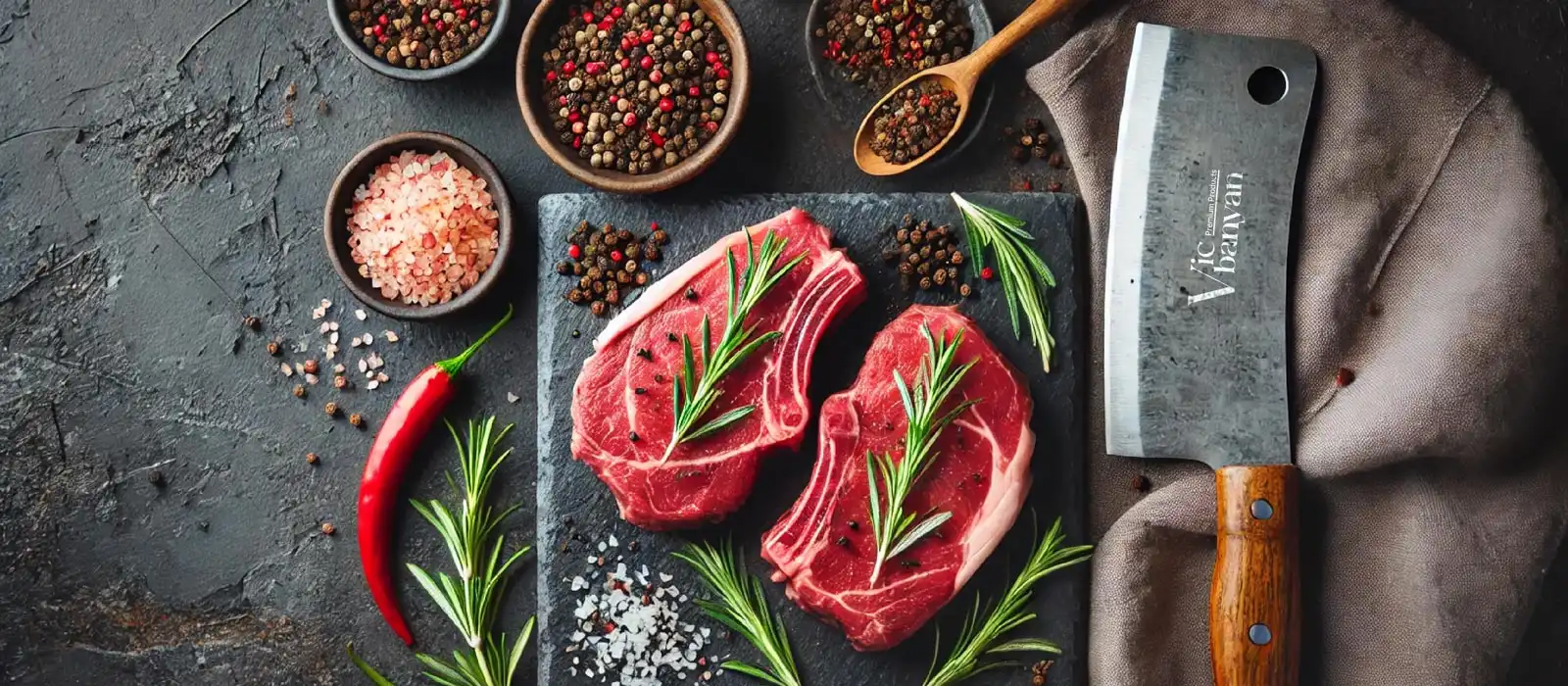Introduction
Quality assurance (QA) plays a pivotal role in maintaining the integrity and safety of products in various industries. In the meat industry, where consumer health and safety are paramount, implementing robust QA measures is crucial. This article delves into the significance of quality assurance in the meat industry, exploring its fundamental principles, regulatory frameworks, and practical implementations.
The meat industry is one of the most scrutinized sectors due to the potential health risks associated with meat consumption. Ensuring the highest standards of quality and safety is not only a regulatory requirement but also a moral obligation. The aim of this article is to highlight the importance of quality assurance in the meat industry, discussing its role in maintaining product integrity, enhancing consumer trust, and complying with stringent regulations.
Chapter 1: Understanding Quality Assurance
Quality assurance refers to the systematic processes and procedures implemented to ensure that products meet predefined quality standards consistently. Unlike quality control, which focuses on identifying defects in finished products, quality assurance is a proactive approach aimed at preventing defects during the production process.
Quality assurance encompasses various principles and practices, including standard operating procedures (SOPs), regular audits, and continuous improvement initiatives. These measures are designed to maintain product quality, enhance operational efficiency, and ensure compliance with regulatory standards.
In different industries, quality assurance practices may vary, but the core objective remains the same: to ensure that products are safe, reliable, and meet customer expectations. In the meat industry, QA processes are particularly rigorous due to the potential health implications of consuming contaminated or improperly processed meat.
Chapter 2: Importance of Quality Assurance in the Meat Industry
The meat industry faces unique challenges when it comes to ensuring product quality and safety. Quality assurance plays a crucial role in mitigating these challenges by implementing stringent measures at every stage of the production process.
The Role of Quality Assurance in Food Safety
Food safety is a top priority in the meat industry, as any lapses can lead to severe health consequences for consumers. Quality assurance processes ensure that meat products are free from contaminants, pathogens, and other harmful substances. This involves regular testing, monitoring, and adherence to hygiene standards throughout the production chain.
Impact of Quality Assurance on Customer Satisfaction
Consumer satisfaction is directly linked to the quality of products. By implementing effective QA measures, meat producers can ensure that their products meet consumer expectations in terms of taste, texture, and overall quality. This not only enhances customer satisfaction but also builds brand loyalty and trust.
Reducing Health and Legal Risks
Implementing quality assurance helps in identifying and mitigating potential health risks associated with meat products. This includes controlling the levels of additives, preservatives, and other substances that may affect consumer health. Additionally, QA processes help companies comply with legal requirements, avoiding costly recalls and legal actions.
Chapter 3: Standards and Regulations of Quality Assurance in the Meat Industry
To maintain high standards of quality and safety, the meat industry adheres to various international and national regulations. These standards are designed to ensure that meat products are safe for consumption and meet quality expectations.
International Standards
Several international standards, such as ISO 22000 and Hazard Analysis Critical Control Point (HACCP), provide guidelines for implementing effective QA systems in the meat industry. These standards cover various aspects of food safety, including hazard analysis, risk management, and monitoring procedures.
National and Regional Regulations
Different countries have their own regulatory frameworks governing the meat industry. These regulations may vary based on regional dietary habits, health concerns, and consumer preferences. Compliance with these regulations is mandatory for meat producers to operate legally and ensure the safety of their products.
The Role of Regulatory Bodies and Inspection Agencies
Regulatory bodies and inspection agencies play a crucial role in enforcing quality assurance standards in the meat industry. Regular inspections, audits, and certifications ensure that meat producers adhere to the established guidelines and maintain the required quality standards.
Chapter 4: Implementing Quality Assurance Systems in the Meat Industry
Implementing quality assurance systems in the meat industry involves several critical steps. These steps are designed to ensure that QA processes are integrated seamlessly into the production workflow.
Steps in Implementing Quality Assurance Systems
- Planning and Preparation: Identifying key quality parameters, setting objectives, and developing standard operating procedures (SOPs).
- Training and Education: Educating employees on QA principles, hygiene practices, and compliance requirements.
- Implementation: Integrating QA processes into daily operations, including monitoring, testing, and documentation.
- Monitoring and Auditing: Regularly reviewing QA processes, conducting internal audits, and addressing any identified issues.
- Continuous Improvement: Implementing feedback mechanisms and improvement initiatives to enhance QA processes continuously.
Challenges and Solutions
The meat industry faces several challenges in implementing effective QA systems, including:
- Resource Constraints: Limited financial and human resources can hinder the implementation of comprehensive QA processes.
- Solution: Prioritizing critical control points and gradually expanding QA measures as resources allow.
- Compliance Burden: Navigating complex regulatory requirements can be challenging.
- Solution: Seeking guidance from regulatory experts and leveraging technology for efficient compliance management.
- Resistance to Change: Employees may resist new QA processes due to lack of understanding or fear of increased workload.
- Solution: Providing thorough training and demonstrating the long-term benefits of QA to gain employee buy-in.
Successful Examples from the Meat Industry
Several companies in the meat industry have successfully implemented robust QA systems, resulting in enhanced product quality and customer satisfaction. For instance, company X has integrated state-of-the-art technology and rigorous QA processes, leading to a significant reduction in product recalls and improved market reputation.
Conclusion
In conclusion, quality assurance is a fundamental aspect of the meat industry, ensuring that products are safe, reliable, and meet consumer expectations. The implementation of effective QA systems involves adherence to international and national standards, continuous monitoring, and a commitment to continuous improvement. As the meat industry continues to evolve, the role of quality assurance will become increasingly important in maintaining product integrity and ensuring consumer safety.


